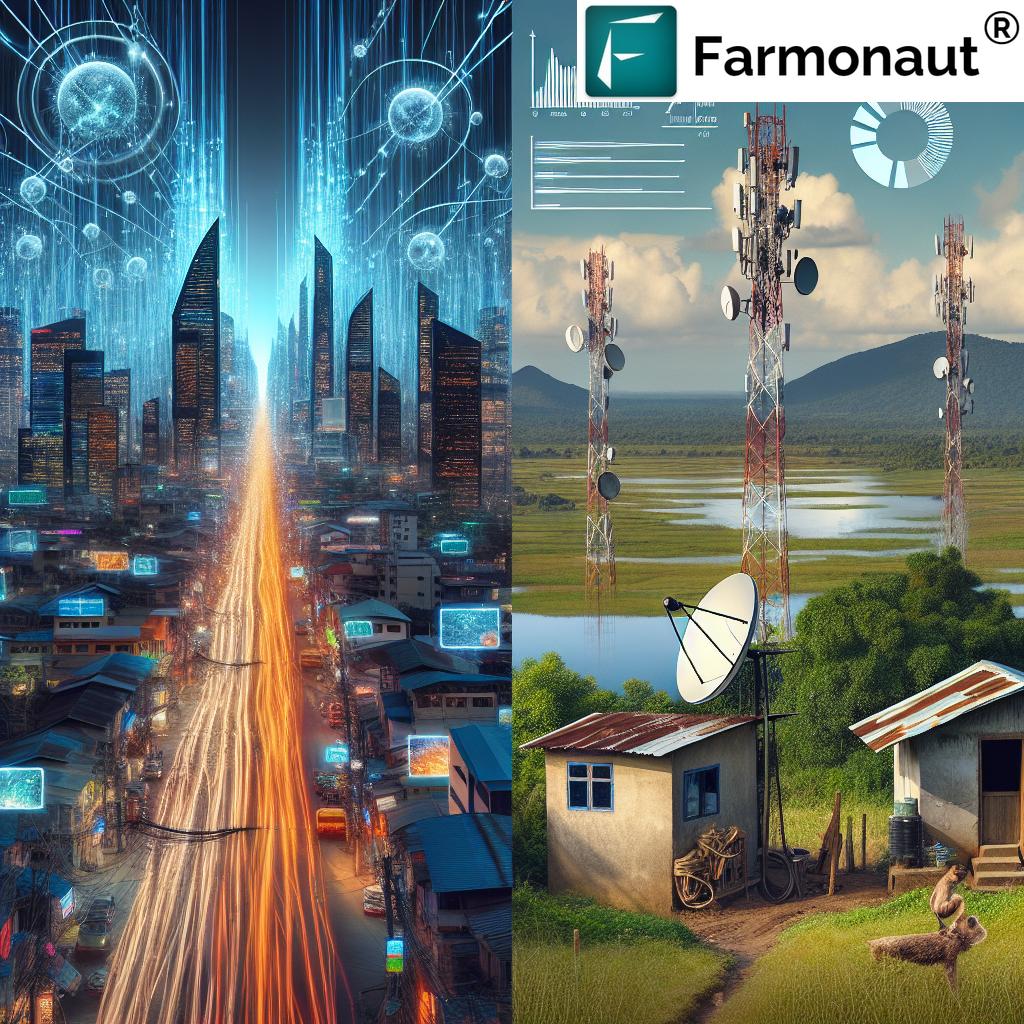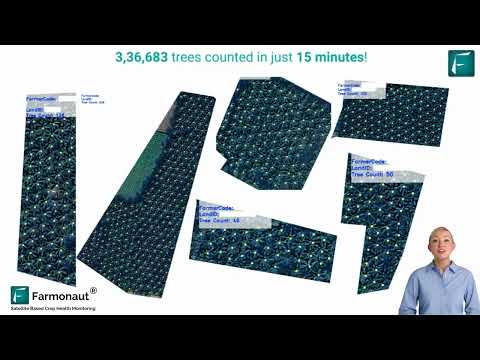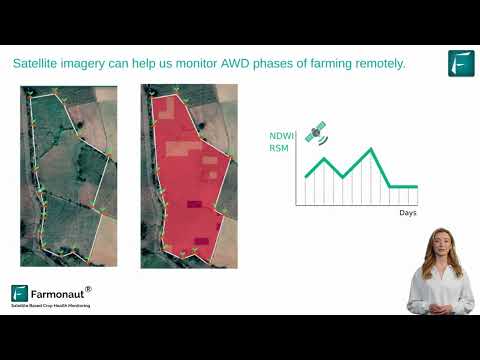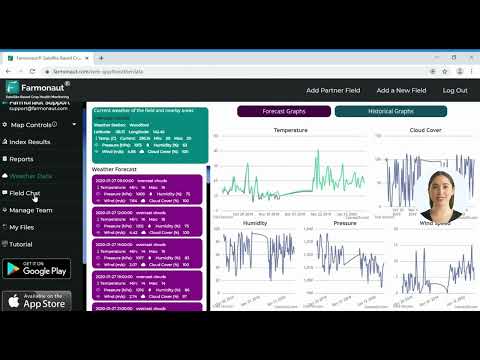New Zealand’s Broadband Speed Ranking Drops: Exploring Global Internet Trends and Satellite Solutions
“New Zealand’s median fixed line speed of 176.81 Mbps surpasses the global average but ranks 29th globally.”
In the ever-evolving landscape of global connectivity, we find ourselves at a pivotal moment where nations worldwide are racing to enhance their broadband infrastructure. As we delve into the latest developments in New Zealand’s broadband speed ranking, we’ll explore the intricate web of factors influencing these changes and their implications for the country’s digital future.
New Zealand’s Shifting Position in Global Broadband Rankings
The recent release of Ookla’s Speedtest Global Index for December 2024 has brought some surprising revelations about New Zealand’s standing in the world of fixed line broadband speeds. Despite boasting a median speed that outpaces the global average, New Zealand has experienced a notable decline in its international ranking.
- Current global ranking: 29th
- Previous ranking (September 2023): 12th
- Median fixed line speed: 176.81 Mbps
- Global average speed: 96.45 Mbps
This shift in ranking paints a complex picture of New Zealand’s broadband landscape. While the country’s median speed has improved since 2021, the rate of enhancement hasn’t kept pace with the rapid advancements seen in other nations. This relative slowdown has resulted in New Zealand being overtaken by 17 countries in terms of broadband speed over a short period.

Factors Behind New Zealand’s Broadband Speed Fluctuations
Several key factors have contributed to New Zealand’s changing position in the global broadband speed rankings:
- Ultrafast Broadband (UFB) Initiative: The government’s ambitious UFB project has played a significant role in improving broadband speeds across the country. However, with coverage now reaching 87% of the population, the initiative has plateaued, leaving a portion of the population without access to high-speed fiber connections.
- Fixed Wireless Technology: New Zealand’s reliance on fixed wireless broadband technology, while beneficial for reaching remote areas, tends to offer lower speeds compared to fiber connections. This dependency has impacted the national median speed.
- International Competition: Other countries have been aggressively upgrading their broadband infrastructure, leading to rapid improvements in their median speeds and overtaking New Zealand in the rankings.
- Geographic Challenges: New Zealand’s unique geography, with its many remote and rural areas, presents ongoing challenges for consistent high-speed broadband deployment.
As we navigate through these challenges, it’s crucial to remember that while rankings provide valuable insights, they don’t tell the whole story. New Zealand’s broadband speeds continue to meet the requirements for most applications, ensuring that the majority of users can enjoy smooth online experiences.
Global Broadband Speed Comparison
To better understand New Zealand’s position in the global context, let’s examine how it compares to other countries in terms of broadband speeds and infrastructure initiatives.
| Country | Global Ranking | Median Fixed Line Speed (Mbps) | Year-over-Year Change (%) | Notable Infrastructure Initiatives |
|---|---|---|---|---|
| Singapore | 1 | 330.98 | +15% | Nationwide 5G rollout, Smart Nation Initiative |
| South Korea | 5 | 245.76 | +10% | 10 Giga Internet Project |
| United States | 15 | 203.81 | +8% | Rural Digital Opportunity Fund |
| New Zealand | 29 | 176.81 | +5% | Ultrafast Broadband (UFB) Initiative |
| Australia | 35 | 160.23 | +7% | National Broadband Network (NBN) |
| United Kingdom | 40 | 152.45 | +6% | Project Gigabit |
| Canada | 25 | 185.62 | +9% | Universal Broadband Fund |
This comparison highlights the competitive nature of global broadband development. While New Zealand maintains a respectable position, there’s clearly room for improvement to keep pace with global leaders.
Positive Developments in New Zealand’s Digital Landscape
“Network for Learning in New Zealand achieves high satisfaction rates, improving internet services for schools nationwide.”
Amidst the challenges in overall broadband rankings, there are bright spots in New Zealand’s digital ecosystem, particularly in the education sector. The Network for Learning (N4L) has reported impressive satisfaction rates among school principals, showcasing the country’s commitment to digital education:
- 92% satisfaction rating from school principals
- 96% satisfaction rate for N4L’s customer support team
- 15% increase in service cases managed
These figures underscore the success of initiatives aimed at enhancing connectivity and digital resources in educational institutions across New Zealand. The Satellite for Schools program, in particular, has been a game-changer for remote educational institutions, bringing high-speed internet to some of the country’s most isolated schools.
Global Tech Trends Impacting Internet Infrastructure
As we examine New Zealand’s broadband landscape, it’s essential to consider the broader global trends shaping the future of internet connectivity:
Smartphone Market Growth
The global smartphone market has shown signs of recovery in 2024, with a 6.4% year-on-year increase in shipments, totaling 1.24 billion units. This growth has significant implications for mobile internet usage and the demand for faster, more reliable broadband connections.
Cloud Service Pricing in Asia-Pacific
Reports indicate that Microsoft is testing substantial price increases for its M365 services in the Asia-Pacific region. This move could impact businesses’ cloud adoption strategies and potentially drive demand for enhanced broadband infrastructure to support cloud-based operations.
Advancements in Trans-Pacific Data Transmission
Southern Cross Cable has made significant strides in trans-Pacific connectivity, successfully conducting trials for 1Tbps data transmission across its network. These advancements are crucial for improving international data exchange and reducing latency for users across the Pacific region.
Satellite Broadband Developments
China’s recent launch of its competitor to Starlink signals intensifying competition in the satellite broadband market. This development could have far-reaching implications for global internet access, particularly in remote and underserved areas.

The Role of Satellite Technology in Bridging the Digital Divide
As we consider solutions to improve broadband access and speeds, satellite technology emerges as a promising avenue, especially for reaching remote and rural areas. Companies like Farmonaut are at the forefront of leveraging satellite technology for various applications, including agriculture and environmental monitoring.
While Farmonaut’s primary focus is on agricultural solutions, the principles of satellite-based data transmission and analysis can be applied to broader internet connectivity challenges. The company’s use of satellite imagery and AI-driven insights demonstrates the potential of space-based technologies in addressing terrestrial challenges.
Strategies for Improving New Zealand’s Broadband Infrastructure
To address the challenges highlighted by the recent broadband speed rankings, New Zealand could consider the following strategies:
- Expand Fiber Optic Coverage: Continue to invest in extending the Ultrafast Broadband initiative to reach the remaining 13% of the population without access.
- Enhance Fixed Wireless Technology: Improve the capabilities of fixed wireless broadband to offer speeds more comparable to fiber connections.
- Explore Satellite Internet Solutions: Consider partnerships or initiatives to leverage satellite internet technology for hard-to-reach areas.
- Incentivize Private Sector Investment: Create policies that encourage telecommunications companies to invest in cutting-edge broadband infrastructure.
- Focus on Rural Connectivity: Develop targeted programs to boost internet speeds and access in rural and remote regions.
By implementing these strategies, New Zealand can work towards improving its global broadband ranking while ensuring that all citizens have access to fast, reliable internet connections.
The Impact of Broadband Speed on Various Sectors
The importance of high-speed broadband extends far beyond personal convenience. Let’s explore how broadband speeds impact different sectors of the economy and society:
Education
As demonstrated by the success of Network for Learning, fast and reliable internet is crucial for modern education. It enables:
- Access to online learning resources
- Virtual classrooms and remote learning opportunities
- Collaboration between students and educators across different locations
Business and Economy
High-speed broadband is a cornerstone of economic growth in the digital age:
- Enables efficient remote work and global collaboration
- Supports e-commerce and digital entrepreneurship
- Facilitates cloud computing and big data analytics
Healthcare
The healthcare sector increasingly relies on fast internet for:
- Telemedicine and remote consultations
- Sharing and analyzing medical imaging data
- Managing electronic health records
Agriculture
Modern farming practices benefit significantly from high-speed internet:
- Enables precision agriculture techniques
- Supports IoT devices for crop and livestock monitoring
- Facilitates access to real-time market data and weather information
In this context, services like those provided by Farmonaut become increasingly valuable. Farmonaut’s satellite-based farm management solutions rely on robust internet infrastructure to deliver real-time insights to farmers, demonstrating the interconnectedness of broadband capabilities and agricultural innovation.
The Future of Broadband in New Zealand and Beyond
As we look to the future, several trends and technologies are likely to shape the evolution of broadband infrastructure in New Zealand and globally:
5G and Beyond
The ongoing rollout of 5G networks promises to revolutionize mobile broadband speeds and enable new applications in areas such as IoT and smart cities. Looking further ahead, research into 6G technology is already underway, potentially offering even more dramatic improvements in speed and capacity.
Low Earth Orbit (LEO) Satellite Constellations
Companies like Starlink and its competitors are deploying vast networks of LEO satellites, aiming to provide high-speed internet access to even the most remote locations. This technology could be particularly beneficial for countries like New Zealand with challenging geography.
Edge Computing
The rise of edge computing, which brings data processing closer to the end-user, could help alleviate some of the pressure on broadband networks by reducing the need for long-distance data transmission.
Artificial Intelligence in Network Management
AI and machine learning technologies are increasingly being used to optimize network performance and predict maintenance needs, potentially leading to more efficient and reliable broadband services.
As these technologies continue to develop, they offer exciting possibilities for improving broadband access and speeds across New Zealand and around the world. However, realizing their full potential will require ongoing investment, innovation, and collaboration between government, industry, and technology providers.
Conclusion: Navigating the Digital Future
New Zealand’s recent drop in global broadband speed rankings serves as a wake-up call, highlighting the need for continued investment and innovation in digital infrastructure. While the country still maintains speeds above the global average, the rapid advancements of other nations underscore the competitive nature of the global digital landscape.
The success stories, such as the high satisfaction rates with school internet services, demonstrate New Zealand’s capacity for excellence in specific areas of digital development. These achievements can serve as a foundation for broader improvements across the nation’s broadband infrastructure.
As we move forward, it’s crucial for New Zealand to adopt a multi-faceted approach to enhancing its broadband capabilities. This includes:
- Expanding fiber optic coverage to reach underserved areas
- Investing in emerging technologies like 5G and satellite internet
- Fostering public-private partnerships to drive innovation
- Developing policies that encourage competition and investment in the telecommunications sector
By addressing these challenges head-on, New Zealand can not only improve its global ranking but, more importantly, ensure that all its citizens have access to the fast, reliable internet connections necessary for participation in the digital economy and society of the future.
As we’ve seen through examples like Farmonaut’s agricultural technology applications, the implications of robust broadband infrastructure extend far beyond simple internet browsing. They touch every aspect of modern life, from education and healthcare to agriculture and environmental management.
The journey towards a fully connected, high-speed New Zealand is ongoing, and while challenges remain, the potential rewards for individuals, businesses, and the nation as a whole are immense. By staying informed about global trends, embracing technological innovations, and committing to continuous improvement, New Zealand can build a digital infrastructure that not only meets current needs but is also prepared for the demands of tomorrow.
FAQ Section
Q: Why has New Zealand’s broadband ranking dropped despite an increase in median speed?
A: While New Zealand’s median speed has improved, other countries have made more rapid advancements, overtaking New Zealand in the global rankings. The relative pace of improvement, rather than absolute speed, has led to the drop in ranking.
Q: How does New Zealand’s broadband speed compare to the global average?
A: New Zealand’s median fixed line speed of 176.81 Mbps is significantly higher than the global average of 96.45 Mbps, despite the drop in global ranking.
Q: What is the Ultrafast Broadband (UFB) initiative, and how has it impacted New Zealand’s internet infrastructure?
A: The UFB initiative is a government project aimed at providing high-speed fiber internet to New Zealand homes and businesses. It has successfully covered 87% of the population, significantly improving broadband speeds across the country.
Q: How does satellite technology factor into New Zealand’s broadband future?
A: Satellite technology, such as that used by companies like Farmonaut for agricultural applications, could play a crucial role in providing high-speed internet to remote and rural areas of New Zealand that are challenging to reach with traditional infrastructure.
Q: What steps can New Zealand take to improve its global broadband ranking?
A: New Zealand can improve its ranking by expanding fiber optic coverage, enhancing fixed wireless technology, exploring satellite internet solutions, incentivizing private sector investment, and focusing on rural connectivity.
Earn With Farmonaut: Affiliate Program
Earn 20% recurring commission with Farmonaut’s affiliate program by sharing your promo code and helping farmers save 10%. Onboard 10 Elite farmers monthly to earn a minimum of $148,000 annually—start now and grow your income!
For more information about Farmonaut’s API services, visit our API page or check out our API Developer Docs.







